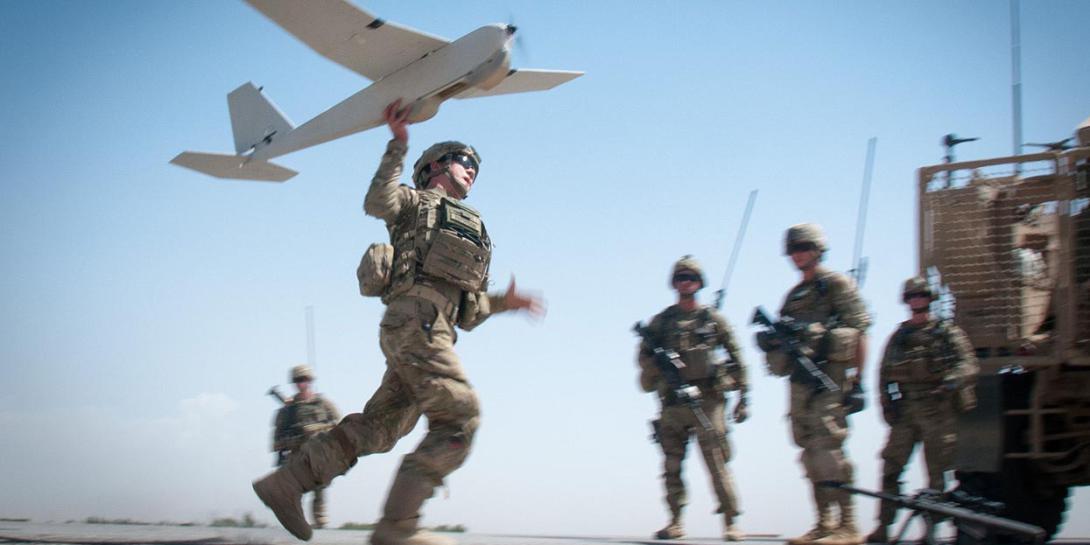Sensor Profusion Burdens Networks
As the Army’s forward deployed footprint has grown smaller in places such as Europe, Africa and the Middle East, the demand for sensors capable of sending data back to the United States for processing has increased significantly. While those sensors provide valuable information, they also place a heavy load on the service’s networks, said Mark Kitz, chief engineer, Program Executive Office for Intelligence, Electronic Warfare and Sensors (PEO IEW&S).
“As we look forward over the next five to 10 years and we increase the number of boxes and sensors that we emplace, that burden to the network will continue,” Kitz told the audience at the AFCEA TechNet Augusta conference.
He added that the PEO IEW&S challenges industry and the science and technology community to continue to deliver accurate and timely information for intelligence, base defense and situational awareness without burdening the network any further. “Don’t assume that network is going to be thicker and broader and is going to be there for us,” Kitz warned.
Kitz: Demand for sensors provides a burden on the network. The challenge is to get more info...without burdening the more.#AFCEATechNet
— George Seffers (@gseffers) August 9, 2017
The challenge includes developing solutions that do not add to size, weight and power issues but provide information that is more easily understood. Kitz echoed other speakers at the conference when he said technology cannot be too complex for soldiers in stressful environments. “The cognitive burden on our soldiers is very real. It’s hard to deal with because if the environment is very complex, you typically need very complex solutions to solve that complexity,” he stated.
And complicated systems also present challenges for those charged with maintaining and sustaining them. “We build systems in the Army that are here for 20 years and 30 years, not for two or three,” Kitz pointed out.
Mark Kitz, PEO-IEW&S: We've lost some of the institutional capabilities when it comes to delivering electronic attack#AFCEATechNet
— George Seffers (@gseffers) August 9, 2017
He also addressed the loss in recent years of an electronic attack capability and suggested the service needs an electronic warfare system capable of adjusting along with the threat. “All of the threats today are using spectrum-based effects to impact how we’re going to operate. That’s a fact. And the environment ... is going to be more complex over the next 10 or 15 years as well,” Kitz asserted. “Building solutions that are multifunctional electronic warfare is not just a concept. It’s something we need to go after.”
Kitz: Need an electronic warfare solution that can adapt as the threat adapts#AFCEATechNet
— George Seffers (@gseffers) August 9, 2017
Such a system, he said, will not be perfect and will not address every single conceivable requirement. “Incrementally building a solution that adapts with the threat is critical to our portfolio,” he said.





Comments